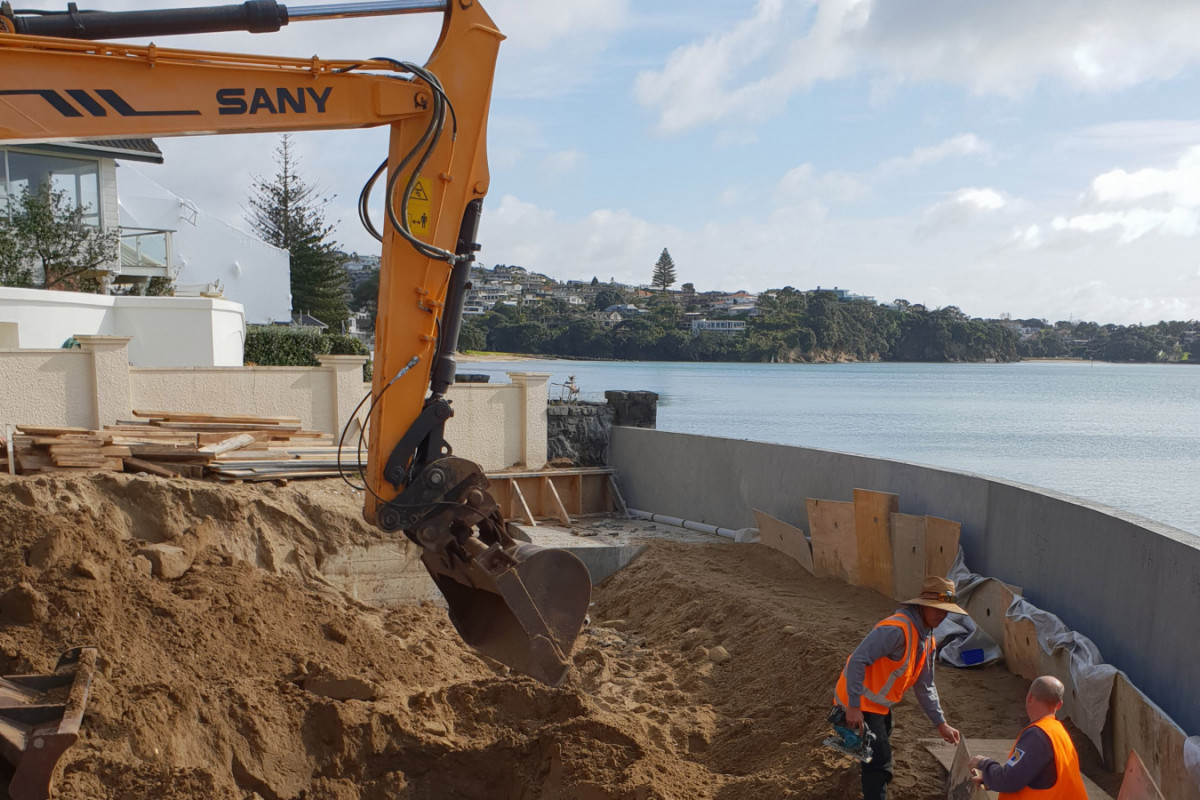 NEW
NEW
This technical reference provides a detailed discussion of the water/soil compatibility test and its importance in the design of any below-grade waterproofing system.
You are using an outdated browser version not supported by this website.
Click here to upgrade your browser
5,320 products with technical literature, drawings and more from leading suppliers of NZ architectural materials.
Case studies, new products and product news from leading suppliers of NZ architectural materials.
Blogs for architectural specifiers, offering product, design and business advice.
 Library
Library
 Brands A–Z
Brands A–Z
 EBOSSNOW
EBOSSNOW
 Detailed
Detailed
 Account
Account
Allco Waterproofing Solutions specialise in quality waterproofing products supplying Volclay, Casali, Hydrotech and JM TPO.

This technical reference provides a detailed discussion of the water/soil compatibility test and its importance in the design of any below-grade waterproofing system.

Designing, planning and selecting the right membrane for the conditions of your site are key factors to achieve watertightness on tanking jobs.

Common problems with tanking basements that will have no drainage (hydrostatic) once the building is complete can be mitigated by implementing well-planned dewatering techniques during construction.

We are often asked whether waterproofing membranes function as vapour barriers. The answer to this question is not as straightforward as with other waterproofing membranes.

Continuing from my previous blog and the question of design, I look at considerations for ensuring an effective waterproofing solution.
New and updated architectural products, design solutions, inspiration, technical advice and more when you sign up for EBOSS.



 Popular Products from Allco Waterproofing Solutions
Popular Products from Allco Waterproofing Solutions


 News from Allco Waterproofing Solutions
News from Allco Waterproofing Solutions
